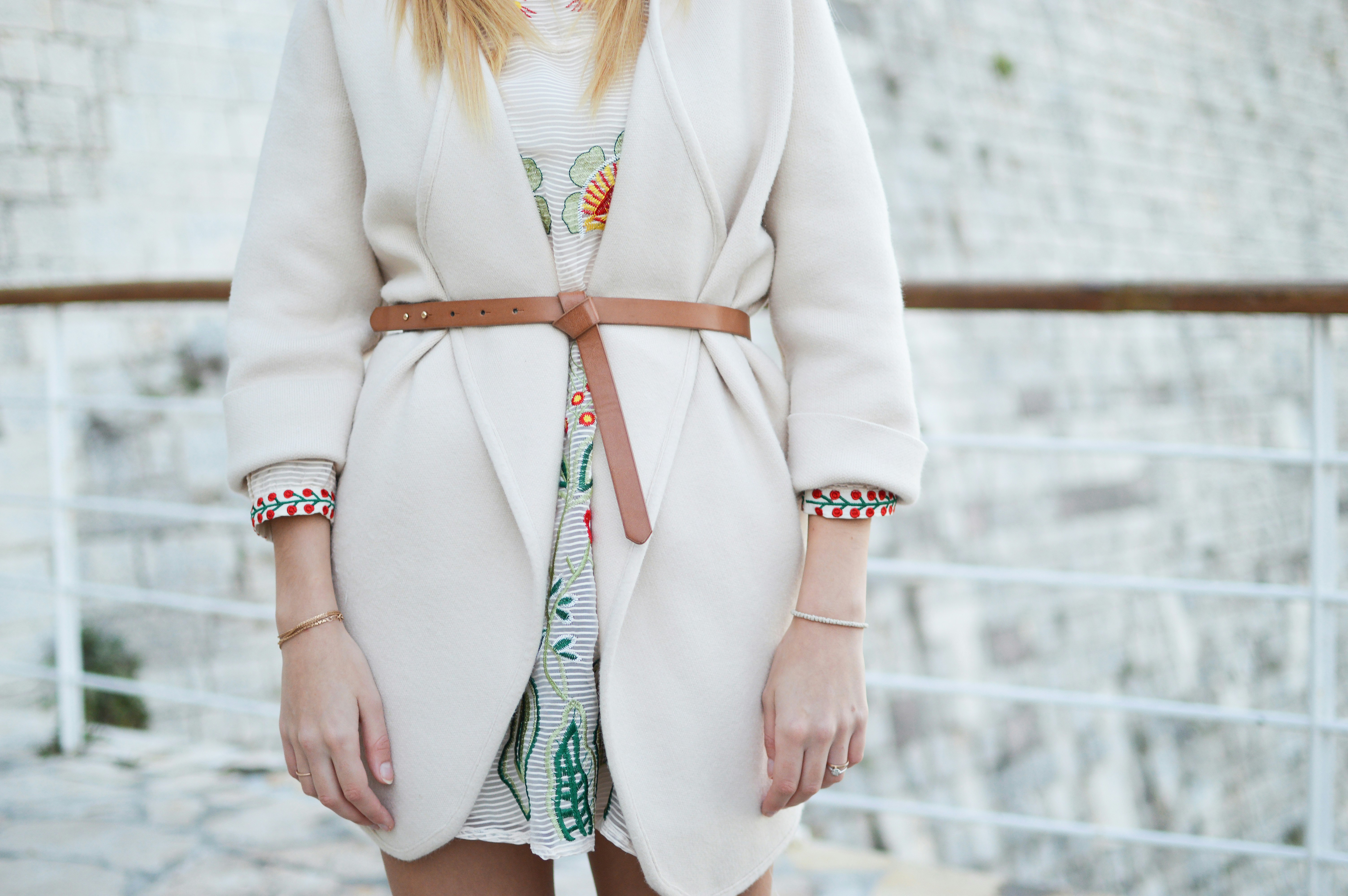Bioluminescent Decor: Illuminating Homes with Living Light
In the ever-evolving world of interior design, a captivating trend is emerging that promises to transform our living spaces into ethereal, glowing environments. Bioluminescent decor, inspired by nature's own light-emitting organisms, is making its way into homes, offering a unique blend of natural beauty and cutting-edge science. This innovative approach to lighting and decoration is not just a visual marvel; it's a step towards more sustainable and enchanting living spaces.

The Science Behind the Glow
Bioluminescence, the production of light by living organisms, is a fascinating natural phenomenon observed in various species, from fireflies to deep-sea creatures. This process involves a chemical reaction where an enzyme called luciferase interacts with a light-emitting compound called luciferin, resulting in the emission of visible light.
In nature, bioluminescence serves various purposes, including communication, camouflage, and attracting prey or mates. Now, scientists and designers are harnessing this natural light source for aesthetic and functional purposes in interior design. By cultivating bioluminescent organisms or adapting their light-producing mechanisms, they’re creating sustainable, living light sources that can illuminate our homes in ways never before imagined.
From Ocean Depths to Living Rooms
The journey of bioluminescent decor from concept to reality has been a fascinating one. Marine biologists studying deep-sea organisms were among the first to recognize the potential of bioluminescence in design. They observed how certain species of algae and bacteria could produce sustained, gentle light without the need for external energy sources.
This discovery led to collaborations between scientists and designers, resulting in the development of bioluminescent lamps and art installations. These early experiments paved the way for more sophisticated applications in home decor. Today, we’re seeing the emergence of bioluminescent wallpapers, furniture accents, and even living curtains that glow softly in the dark.
Bioluminescent Wallcoverings: Living Murals
One of the most striking applications of bioluminescent decor is in wall coverings. Designers have created living wallpapers that contain colonies of bioluminescent algae. These microscopic organisms are suspended in a nutrient-rich gel and encased in transparent panels. During the day, the walls appear as subtle, textured surfaces. But as night falls, they come alive with a soft, blue-green glow.
The beauty of these living murals lies not just in their appearance but in their dynamic nature. The intensity and pattern of the light can change based on factors like temperature, movement in the room, and even the circadian rhythms of the algae themselves. This creates a constantly evolving visual experience that connects inhabitants with the rhythms of nature.
Furniture That Comes Alive at Night
Bioluminescent technology is also making its way into furniture design. Innovative designers are creating tables, chairs, and decorative objects that incorporate bioluminescent elements. These pieces serve a dual purpose – functional furniture by day, and ethereal light sources by night.
For example, coffee tables with transparent tops filled with bioluminescent organisms create captivating displays. As people gather around, their movements stimulate the organisms, causing waves of light to ripple across the surface. This interactive quality adds a new dimension to home furnishings, turning them into conversation pieces and sources of wonder.
The Art of Living Light
Artists and designers are pushing the boundaries of bioluminescent decor, creating stunning installations that blur the line between art and functional lighting. These living artworks range from small, framed pieces to large-scale installations that transform entire rooms.
One particularly innovative approach involves the use of bioluminescent bacteria in three-dimensional sculptures. These microorganisms are cultivated in specially designed molds, creating glowing forms that seem to float in darkness. The ephemeral nature of these living sculptures – which typically last for several days before needing to be refreshed – adds an element of transience and preciousness to the art.
Sustainability and Eco-Friendly Lighting
Beyond its aesthetic appeal, bioluminescent decor offers significant environmental benefits. Unlike traditional electric lighting, bioluminescent organisms produce light through natural biological processes, requiring minimal external energy input. This aligns perfectly with the growing demand for sustainable and eco-friendly home solutions.
Moreover, the cultivation of bioluminescent organisms for decor purposes can be done with relatively low resource consumption. Many species thrive in simple nutrient solutions and require only basic care. This makes bioluminescent decor not just a visually stunning option but also a responsible choice for environmentally conscious homeowners.
Challenges and Future Developments
While bioluminescent decor holds immense promise, it’s not without challenges. Maintaining living organisms in a home environment requires careful attention to factors like temperature, humidity, and nutrient supply. Designers and scientists are working on creating more robust and user-friendly systems that can withstand the varying conditions of home environments.
Looking to the future, research in genetic engineering is opening up exciting possibilities. Scientists are exploring ways to create plants that naturally emit light, potentially leading to glowing houseplants that could serve as both decor and lighting. The prospect of walking into a home illuminated by softly glowing ferns and flowers is no longer just a fantasy.
Embracing the Glow: Practical Considerations
For those intrigued by bioluminescent decor, there are several practical considerations to keep in mind. While some products are already available on the market, many are still in the experimental stage. Early adopters should be prepared for a certain level of maintenance and care required for living decor elements.
It’s also worth noting that bioluminescent light is generally softer and more diffuse than traditional lighting. While this creates a magical ambiance, it may need to be supplemented with conventional lighting for tasks requiring brighter illumination.
As with any emerging trend, the cost of bioluminescent decor can be higher than traditional options. However, as technology advances and production scales up, these innovative lighting solutions are likely to become more accessible to a broader range of consumers.
Bioluminescent decor represents a fascinating convergence of nature, science, and design. It offers a unique way to bring the wonder of the natural world into our homes, creating spaces that are not just visually stunning but also alive in the truest sense. As this technology continues to evolve, we can look forward to homes that glow with the gentle, living light of nature, offering a serene and magical living experience unlike any other.





